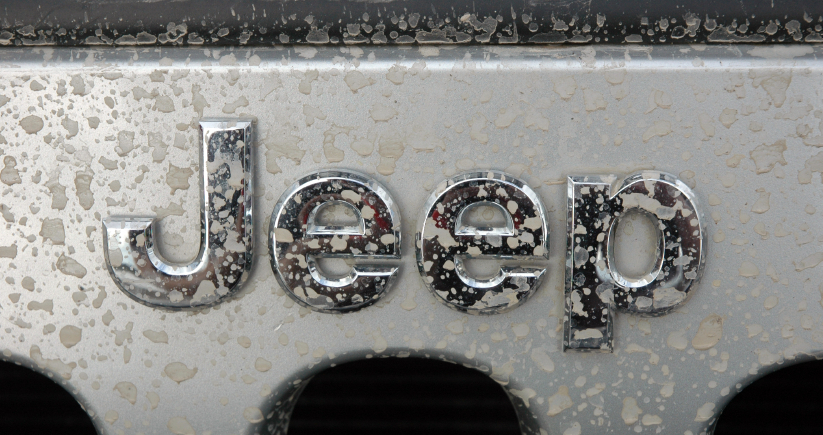Models
1999-2003 Jeep Grand Cherokee
A frequent concern of technicians is that customers complain of rattling noises after the rear shocks have been replaced on 1999-’03 Jeep Grand Cherokee vehicles.
The noise originates from the shock mounts on the Jeep. The cause is lack of proper torque on the mounting bolts. Jeep recommends 80 ft/lbs of torque on the upper mounting bolt and 85 ft/lbs of torque on the lower mounting bolt.
• If the bolts are undertightened, they will eventually loosen and slip, making the noise. If this happens, the installer will usually retighten the bolts.
• It is easy to go beyond the recommended torque, however, and overtightening will cause the shock absorber’s steel sleeve material to crush. Once the sleeve is crushed, it cannot hold proper torque, thus causing a rattle.
• Shocks that have had their mounting bolts overtightened should be replaced.
• New shocks should be properly tightened with a torque wrench to the recommended specifications.
• Replace the mounting bolts if it is believed that they have been overtightened.
Another less frequent cause of shock mount rattle on this vehicle is the result of installing stock suspension shock absorbers on a vehicle that has a lift kit. The stock suspension shocks will frequently top (fully extend) during normal suspension movement because they are no longer the correct length for the vehicle. Topping puts extreme loads on the shock mounts, which they are not designed to receive, and the impacts will eventually damage the mounts and the shocks. This damage will result in noise. Measure the ride height of the vehicle, inspect the suspension and consult with the customer to determine if a lift kit has been installed. If so, install shock absorbers with the correct lengths to accommodate the lift kit.
Courtesy of Gabriel Ride Control














